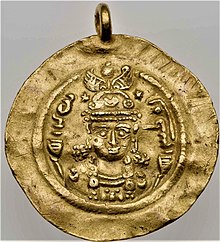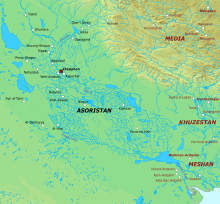Boran
| |||||||||||||||||||||||||||||||||||
Read other articles:
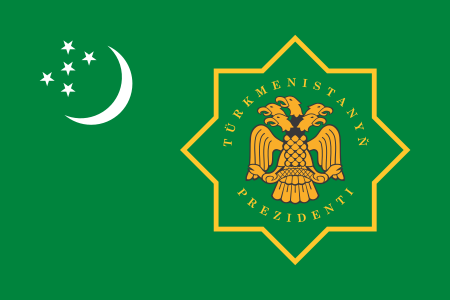
土库曼斯坦总统土库曼斯坦国徽土库曼斯坦总统旗現任谢尔达尔·别尔德穆哈梅多夫自2022年3月19日官邸阿什哈巴德总统府(Oguzkhan Presidential Palace)機關所在地阿什哈巴德任命者直接选举任期7年,可连选连任首任萨帕尔穆拉特·尼亚佐夫设立1991年10月27日 土库曼斯坦土库曼斯坦政府与政治 国家政府 土库曼斯坦宪法 国旗 国徽 国歌 立法機關(英语:National Council of Turkmenistan) 土�…

Psalm of the Book of Palms in the Bible This article is about Psalm 118 in Hebrew (Masoretic) numbering. For Psalm 118 in Greek Septuagint or Latin Vulgate numbering, see Psalm 119. Psalm 118O give thanks unto the LORD; for he is goodA Bible open to Psalm 118Other name Psalm 117 (Vulgate) Confitemini Domino LanguageHebrew (original) Psalm 118← Psalm 117Psalm 119 →BookBook of PsalmsHebrew Bible partKetuvimOrder in the Hebrew part1CategorySifrei EmetChristian Bible partOld TestamentO…

Moldovan writer Vasile VasilacheORBorn(1926-07-04)July 4, 1926Unţeşti, Kingdom of RomaniaDiedJuly 7, 2008(2008-07-07) (aged 82)Chişinău, MoldovaResting placeChişinăuNationalityUSSR, MoldovaEducationUniversity of BucharestAwardsOrder of the Republic (Moldova) Vasile Vasilache (4 July 1926 – 7 July 2008) was a writer from Moldova. Vasile Vasilache was born to Ion and Elizabeta Vasilache on July 4, 1926, in Unţeşti. In 1965 he became a member of the Moldovan Writers' Union.[1]…
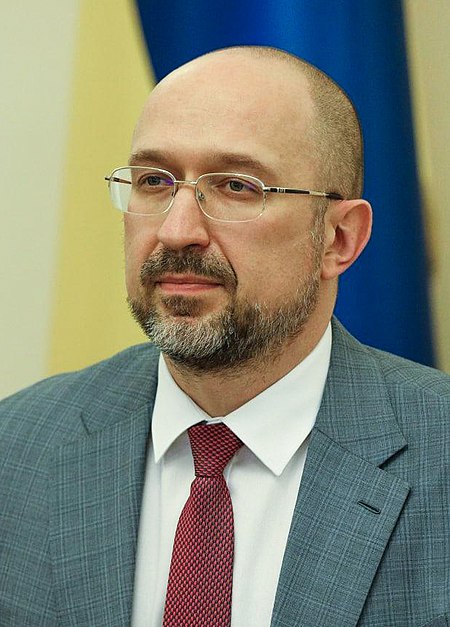
烏克蘭總理Прем'єр-міністр України烏克蘭國徽現任杰尼斯·什米加尔自2020年3月4日任命者烏克蘭總統任期總統任命首任維托爾德·福金设立1991年11月后继职位無网站www.kmu.gov.ua/control/en/(英文) 乌克兰 乌克兰政府与政治系列条目 宪法 政府 总统 弗拉基米尔·泽连斯基 總統辦公室 国家安全与国防事务委员会 总统代表(英语:Representatives of the President of Ukraine) 总理…
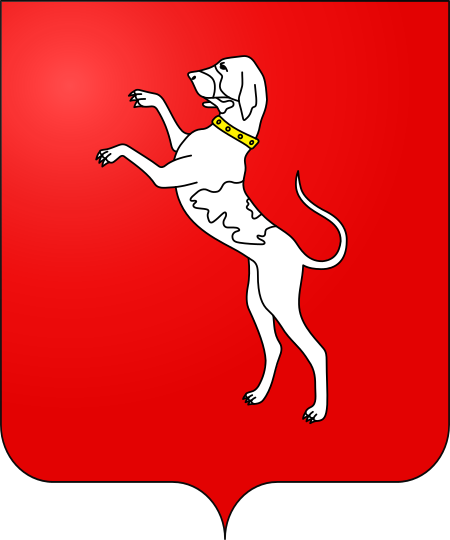
Lambang Wangsa Canossa Wangsa Canossa, yang juga dikenal sebagai Attoni, merupakan sebuah keluarga bangsawan, yang memiliki puri Canossa, sejak awal abad ke-10 hingga awal abad ke-12. Wangsa Canossa berasal dari Lucca, Sigifredus membangun sebuah puri di Canossa pada sekitar tahun 940. Para penguasa dari wangsa ini segera menggunakan gelar comes (comte) dan menerima banyak daerah-daerah Toskana lainnya dari Kaisar Romawi Suci. Guastalla pada tahun 991, Parma, Piacenza, Bergamo, dan Cremona pada …

Ini adalah nama Jepang, nama keluarganya adalah Hata. Tsutomu Hata羽田 孜 Perdana Menteri JepangMasa jabatan28 April 1994 – 30 Juni 1994Penguasa monarkiAkihitoPendahuluMorihiro HosokawaPenggantiTomiichi MurayamaWakil Perdana Menteri JepangMasa jabatan9 Agustus 1993 – 28 April 1994Penguasa monarkiAkihitoPerdana MenteriMorihiro HosokawaPendahuluMasaharu KotodaPenggantiYohei Kono Informasi pribadiLahir(1935-08-24)24 Agustus 1935Tokyo, JepangMeninggal28 Agustus 2017(2017-08-…

Brannon BragaBraga pada San Diego Comic-Con International bulan Juli 2011.Lahir14 Agustus 1965 (umur 58)Bozeman, MontanaKebangsaanPekerjaanproduser televisipenulis naskah Brannon Braga (lahir 14 Agustus 1965)[1] adalah produser dan penulis naskah televisi berkebangsaan Amerika. Ia sekarang bekerja sebagai produser eksekutif Terra Nova. Braga terkenal akan perannya dalam pembuatan serial Star Trek. Ia telah menangani tiga dari empat seri televisi modern Star Trek dan dua buah film la…
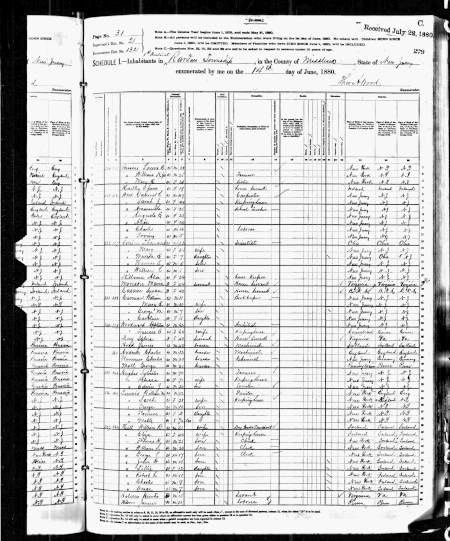
10th US national census 1880 United States census ← 1870 June 1, 1880 (1880-06-01) 1890 → Seal of the Department of the InteriorThomas Edison in the 1880 U.S. censusGeneral informationCountryUnited StatesAuthorityCensus OfficeResultsTotal population50,189,209 ( 30.2%)Most populous stateNew York5,082,871Least populous stateNevada62,266 The 1880 United States census, conducted by the Census Office during June 1880, was the tent…

Computer hardware interface Not to be confused with Lightning (connector). Thunderbolt Production historyDesigner AppleIntelManufacturer VariousProduced Since 24 February 2011; 13 years ago (2011-02-24)[1]Superseded IEEE 1394 (FireWire) ExpressCard General specificationsLength Up to 3 metres (10 ft) (copper) Up to 60 metres (200 ft) (optical)[2] Width 7.4 mm plug (8.3 mm receptacle)Height 4.5 mm plug (5.4 mm receptacle)Hot pluggable…

此條目需要补充更多来源。 (2020年4月24日)请协助補充多方面可靠来源以改善这篇条目,无法查证的内容可能會因為异议提出而被移除。致使用者:请搜索一下条目的标题(来源搜索:伯努利定律 — 网页、新闻、书籍、学术、图像),以检查网络上是否存在该主题的更多可靠来源(判定指引)。 氣體流入文丘里計。減少流體壓力而增加動能,由圖中兩管水的高度差可以看出…

Early French settlers of present-day Quebec, Canada For the ice hockey team, see Montreal Canadiens. Habitants by Cornelius Krieghoff (1852) Habitant in winter dress, by F.A. Hopkins (1858) Habitants (French: [abitɑ̃]) were French settlers and the inhabitants of French origin who farmed the land along the two shores of the St. Lawrence River and Gulf in what is the present-day Province of Quebec in Canada. The term was used by the inhabitants themselves and the other classes of French …

—The following table lists the independent African states, and their memberships in selected organisations and treaties. State (57)[1] GNI[2] Currency[3] UN[4] AU[5] Interregional South African West African Central African East African North African CEN-SAD COMESA CEPGL SADC SACU ECOWAS UEMOA WAMZ MRU LGA ECCAS CEMAC IGAD EAC AMU Angola 3,940 Kz UN AU x SADC ECCAS Benin 780 XOF (Fr) UN AU CEN-SAD ECOWAS UEMOA Botswana 6,790 P UN AU SADC SACU Burkina Faso…

American attorney and author For his father the politician, see Theodore Sedgwick. For his son the legal writer and attorney, see Theodore Sedgwick (writer). Theodore SedgwickEngraved circa 1840 by C.C. Ingham and A.L. Dick for the U.S. Magazine & Democratic ReviewMember of the Massachusetts House of Representatives from StockbridgeIn office1824–1831Serving with Richard P. Morgan (from 1828)Preceded byIsaac Curtis Jr.Succeeded bySewall Sergeant Personal detailsBorn(1780-12-09)Decem…

American investigative journalist (1866–1936) Lincoln SteffensSteffens in 1895. Photo by Rockwood.BornJoseph Lincoln SteffensApril 6, 1866San Francisco, California, USDiedAugust 9, 1936 (aged 70)Carmel-by-the-Sea, California, USResting placeCypress Lawn Memorial ParkAlma materUniversity of California, BerkeleyOccupationMuckraking journalistEmployersNew York Evening Post (until 1905)McClure's Magazine (until 1906)The American Magazine (1906 onward)Known forPart of the muckraking trio …

American politician A major contributor to this article appears to have a close connection with its subject. It may require cleanup to comply with Wikipedia's content policies, particularly neutral point of view. Please discuss further on the talk page. (June 2022) (Learn how and when to remove this message) Brian MaienscheinMember of the California State AssemblyIncumbentAssumed office December 3, 2012Preceded byBrian Jones (redistricted)Constituency77th district (2012–2022) 76th district…

The TurtlesGrup 22 Astronaut NASATahun terpilih2017Astronut terpilih12← 20132021 (rencana) → Grup 22 Astronot NASA adalah kelompok astronaut yang terdiri dari 12 astronot NASA yang terpilih pada Juni 2017. Dua astronaut Canadian Space Agency bergabung bersama mereka dalam pelatihan astronaut. Grup 22 ini diberi nama panggilan The Turtles. Sejarah Logo grup NASA mengumumkan pembentukan grup astronaut ini pada November 2015 dan menerima lamaran sejak Desember 2015 hingga Febr…

دوري الدرجة الثانية السعودي الموسم 2001–02 البلد السعودية الفائز نادي هجر صاعدون نادي هجرنادي الجبلين هابطون نادي العدالةنادي الفيصلي المباريات الملعوبة 112 تعديل مصدري - تعديل دوري الدرجة الثانية السعودي 2001–02 كان موسم من دوري الدرجة الثانية السعودي، وقد شارك في الدور…

ماروسي Μαρούσι Marousi الموقع الجغرافي تقسيم إداري البلد اليونان[1] المنطقة الإدارية آتيكا شمال أثينا خصائص جغرافية إحداثيات 38°03′N 23°48′E / 38.05°N 23.8°E / 38.05; 23.8 المساحة 12.9 كيلومتر مربع الأرض 13.09 كم² الارتفاع 230 متر السكان التعداد السكاني 69,470 نسمة (إحصا…

American actor and comedian (1933–2005) Frank GorshinGorshin as the Riddler, 1966BornFrank John Gorshin Jr.(1933-04-05)April 5, 1933Pittsburgh, Pennsylvania, U.S.DiedMay 17, 2005(2005-05-17) (aged 72)Burbank, California, U.S.Resting placeCalvary Catholic CemeteryEducationCarnegie Mellon UniversityOccupationsActorcomedianimpressionistYears active1956–2005Spouse Christina Randazzo (m. 1957)Children1Military serviceAllegianceUnited StatesService/branchUn…

Questa voce o sezione sull'argomento batteristi non cita le fonti necessarie o quelle presenti sono insufficienti. Puoi migliorare questa voce aggiungendo citazioni da fonti attendibili secondo le linee guida sull'uso delle fonti. Questa voce o sezione sull'argomento musicisti non è ancora formattata secondo gli standard. Contribuisci a migliorarla secondo le convenzioni di Wikipedia. Segui i suggerimenti del progetto di riferimento. Bernard Buddy RichBuddy Rich nel 1947 Nazionali…
